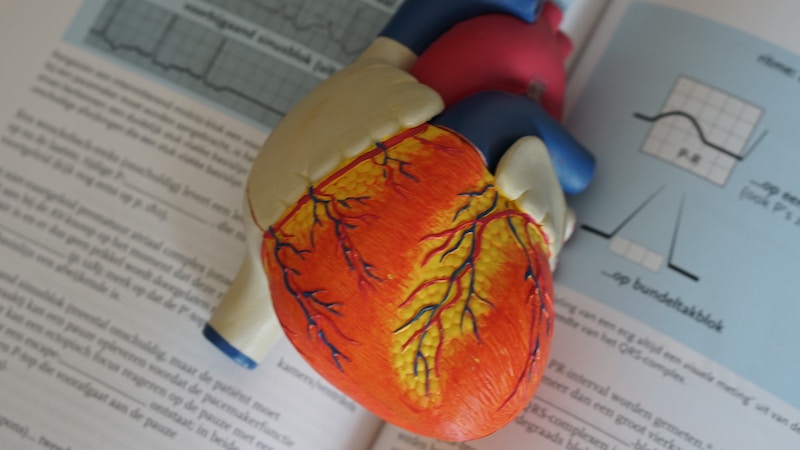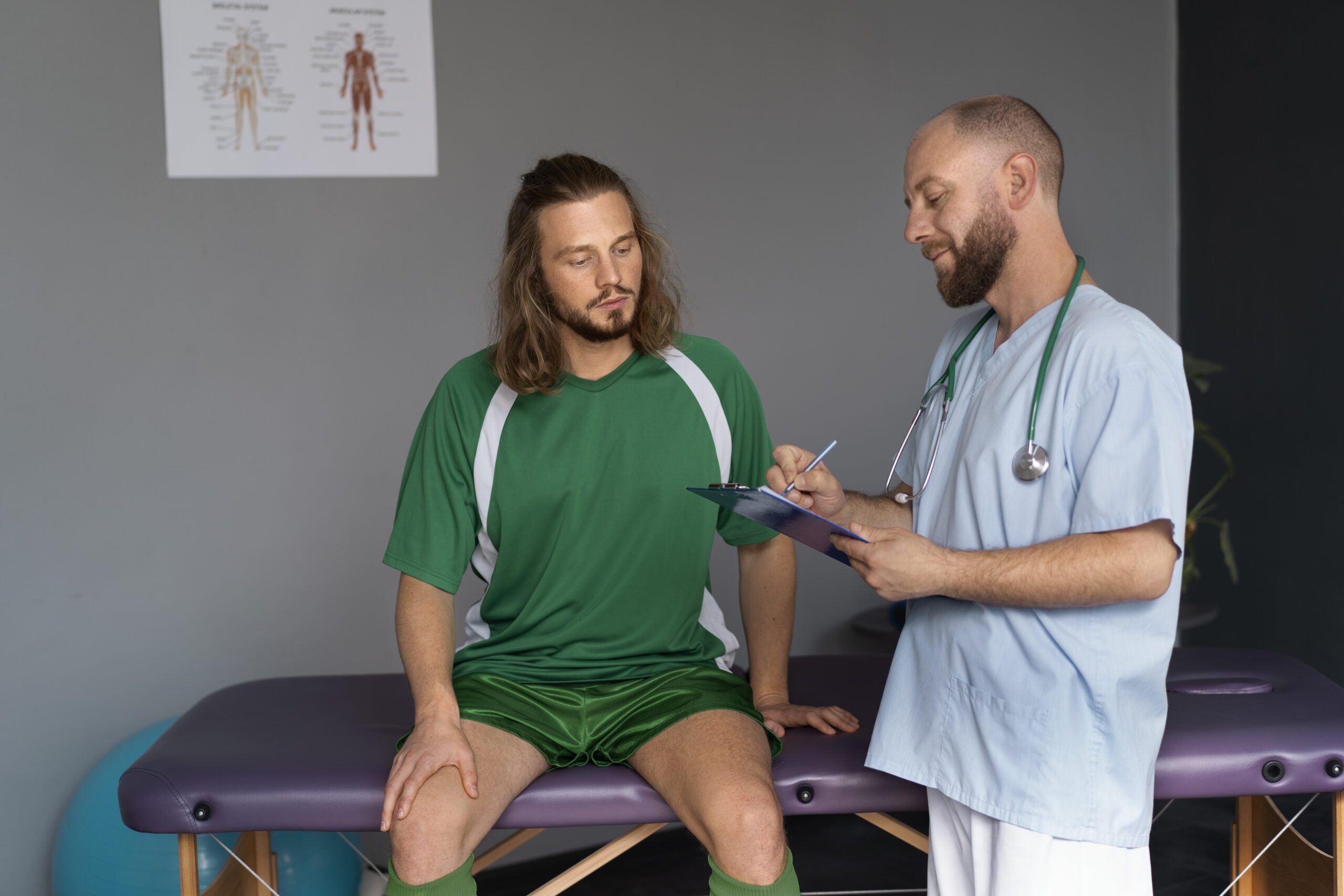Ever felt confused by the different tests for arrhythmias? Here’s a brief guide to 5 of the main ones.
If you know anything about heart rhythm problems, you probably know they can be complex and varied. A heart with an arrhythmia might beat too quickly. Or too slowly. Or it could beat in an irregular, chaotic way.
So how exactly do we test for these types of problems? The answer to that is quite varied too. These days, we have some very effective tools to diagnose arrhythmias. But they can be a little confusing for the newcomer. With that in mind, here’s a quick breakdown of the ones you’re most likely to encounter.
1. ECG
ECG stands for electrocardiogram. Performed in-clinic, it’s a simple way to check the electrical activity in your heart. A set of sticky patches are placed on your chest, wrists and ankles. The patches contain electrodes, which pick up your heart’s electrical signals and transfer that data to a special machine. We can use this information to detect or rule out arrhythmias and other underlying heart conditions. Most ECGs are done lying down, but there’s an exercise version too, sometimes known as a stress test. This is often used to diagnose coronary heart disease or symptoms related to angina.
2. Ambulatory monitor
This test, also commonly known as a Holter monitor, is basically a long-form ECG. Rather than having the test in-clinic, you take a portable electrocardiogram home with you. This allows us to monitor your heart’s activity over a significantly longer period of time. Usually 24-48 hours. But potentially for up to a week, or longer if necessary. The reason for doing this is that arrhythmias aren’t always constant. So if, like many people, your rhythm problem occurs intermittently, an ambulatory monitor has a better chance of recording it for later analysis.
3. Implantable loop recorder (ILR)
Implantable loop recorders are designed to detect symptoms that haven’t been captured by an external heart monitor. That might be because they occur very infrequently. Or because the standard tests haven’t been able to pin down the cause of a heart problem, such as a recent stroke. As the name suggests, a loop recorder is inserted under the skin on your chest. This only takes 10-15 minutes and can be done with a local anaesthetic. Once in place, the ILR continuously monitors your heart rate and rhythm, and records any abnormalities.
4. Electrophysiology Study (EPS)
This test, normally performed under local anaesthetic, builds a detailed picture of the electrical impulses and pathways in your heart. It works by inserting very thin tubes, known as catheters, through a vein and up into the heart. Small pulses of electricity are then passed down the catheters to record the activity that’s going on inside, and often to pinpoint where the arrhythmia is coming from. As well as diagnosing heart conditions, an EPS can help us determine whether you would benefit from a pacemaker.
5. Genetic testing
Some heart conditions can be passed down through families. This happens when there’s a change in one of the genes related to the way your heart functions (genes essentially act as instruction manuals for our bodies), and you inherit that change from a close relative. Although most people with these genetic changes won’t necessarily experience problems, a small number can be at more significant risk of serious heart problems. This type of test can be taken with a blood sample or cheek swab. The results can help to confirm the cause of your heart problem, and whether other family members should have the test too.
Useful resources
Interested in reading more about arrhythmias? You may find these articles helpful…
Our overview of heart rhythm problems
Diagnosing Cardiac Arrhythmias – a booklet from the Arrhythmia Alliance
More detail on Electrocardiograms, Electrophysiology and Implantable Loop Recorders on our website






